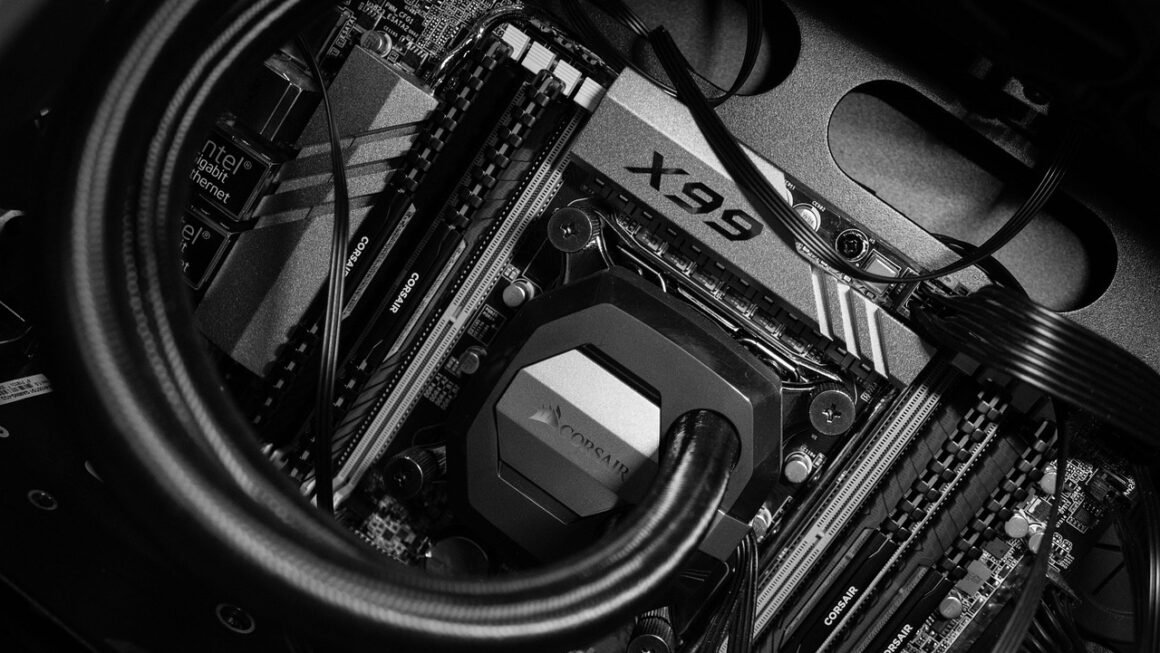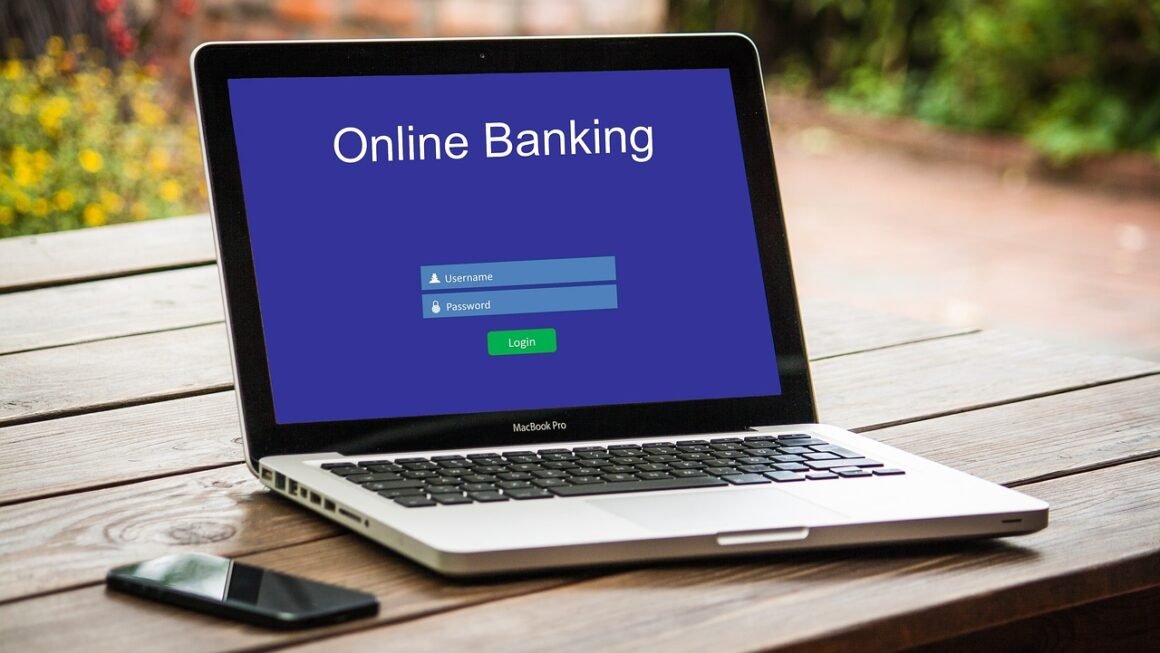In today’s interconnected digital world, our online lives are as vulnerable as our physical ones. Just as we practice personal hygiene to stay healthy, we must adopt good cyber hygiene to protect our data, devices, and privacy from online threats. Neglecting cyber hygiene can lead to serious consequences, from identity theft and financial losses to compromised business operations and reputational damage. This blog post will provide a comprehensive guide to understanding and implementing effective cyber hygiene practices to stay safe in the digital realm.
What is Cyber Hygiene?
Defining Cyber Hygiene
Cyber hygiene refers to the set of practices and habits that individuals and organizations adopt to maintain the health and security of their digital assets. It’s the digital equivalent of brushing your teeth or washing your hands – regular, proactive steps to prevent infections (in this case, malware, viruses, and cyberattacks) and maintain a clean, secure online environment.
Why is Cyber Hygiene Important?
- Protects Sensitive Information: Prevents unauthorized access to personal and business data.
- Reduces the Risk of Malware Infections: Minimizes the chances of downloading or installing malicious software.
- Enhances Privacy: Controls the flow of personal information and limits tracking.
- Maintains Device Performance: Prevents slowdowns and malfunctions caused by malware or excessive data.
- Safeguards Financial Assets: Protects against fraud, phishing, and other financially motivated cybercrimes.
- Preserves Online Reputation: Prevents compromised accounts from being used for malicious purposes.
- Example: Imagine your email account is compromised because you used a weak password and didn’t enable multi-factor authentication. A cybercriminal could use your account to send phishing emails to your contacts, steal your personal information, or even gain access to other online accounts. Good cyber hygiene practices can prevent this from happening.
Key Cyber Hygiene Practices for Individuals
Strong Passwords and Password Management
- Create Strong, Unique Passwords: Use a combination of uppercase and lowercase letters, numbers, and symbols. Avoid using easily guessable information like birthdays or pet names. Aim for passwords that are at least 12 characters long.
- Use a Password Manager: Consider using a reputable password manager (like LastPass, 1Password, or Bitwarden) to generate and store strong passwords securely. This eliminates the need to remember multiple complex passwords.
- Avoid Password Reuse: Never use the same password for multiple accounts. If one account is compromised, all others using the same password become vulnerable.
- Regularly Update Passwords: Change your passwords periodically, especially for sensitive accounts like banking, email, and social media.
- Actionable Takeaway: Start using a password manager today and begin updating your passwords across your important accounts.
Software Updates and Patch Management
- Enable Automatic Updates: Configure your operating systems (Windows, macOS, iOS, Android) and software applications to automatically install updates as soon as they become available.
- Update Promptly: If automatic updates aren’t possible, install updates manually as soon as you receive notifications.
- Apply Security Patches: Security patches address vulnerabilities in software that cybercriminals can exploit.
- Keep Software Current: Ensure you are using the latest versions of your operating system, browser, antivirus software, and other applications.
- Example: The WannaCry ransomware attack in 2017 exploited a vulnerability in older versions of Windows. Systems that had been updated with the relevant security patch were protected from the attack.
Antivirus and Anti-Malware Protection
- Install Reputable Antivirus Software: Choose a well-regarded antivirus program (like Norton, McAfee, or Bitdefender) and keep it active and up-to-date.
- Run Regular Scans: Schedule regular scans of your system to detect and remove malware.
- Be Cautious of Suspicious Files: Avoid downloading files from untrusted sources or opening attachments from unknown senders.
- Use Anti-Malware Tools: Consider using anti-malware tools (like Malwarebytes) to supplement your antivirus software and provide additional protection against emerging threats.
- Actionable Takeaway: Ensure you have a reputable antivirus program installed, running, and updated on all your devices.
Secure Browsing Habits
- Use HTTPS: Always check that the website you are visiting uses HTTPS (indicated by a padlock icon in the address bar). This ensures that your connection is encrypted and your data is protected.
- Avoid Suspicious Websites: Be wary of websites with poor design, grammatical errors, or unusual URLs.
- Check Website Certificates: Verify the validity of website security certificates to ensure that the site is legitimate.
- Use a VPN on Public Wi-Fi: When using public Wi-Fi networks, use a Virtual Private Network (VPN) to encrypt your internet traffic and protect your data from eavesdropping.
- Disable Browser Extensions You Don’t Need: Regularly review your browser extensions and remove any that you no longer use or don’t recognize.
- Example: Phishing websites often mimic legitimate websites to trick users into entering their login credentials. Always double-check the URL and security certificate before entering any sensitive information.
Data Backup and Recovery
- Back Up Your Data Regularly: Back up your important files and data to an external hard drive, cloud storage service, or other secure location.
- Automate Backups: Set up automatic backups to ensure that your data is backed up regularly without requiring manual intervention.
- Test Your Backups: Periodically test your backups to ensure that they are working correctly and that you can restore your data in case of a disaster.
- Store Backups Securely: Store your backups in a physically secure location or use a reputable cloud storage provider with strong security measures.
- Example: Ransomware attacks can encrypt your files and demand a ransom to unlock them. Having a recent backup of your data allows you to restore your files without paying the ransom.
Social Engineering Awareness
- Be Wary of Phishing Emails: Be suspicious of emails that ask for personal information, request urgent action, or contain unusual links or attachments.
- Verify Sender Identity: Always verify the identity of the sender before clicking on links or opening attachments. Contact the sender directly through a known phone number or email address to confirm the message’s legitimacy.
- Beware of Scams: Be aware of common scams, such as lottery scams, romance scams, and tech support scams.
- Think Before You Click: Before clicking on any links or attachments, ask yourself if the message seems legitimate and if you trust the sender.
- Actionable Takeaway: Train yourself to identify phishing emails and other social engineering attacks.
Cyber Hygiene Practices for Organizations
Employee Training and Awareness
- Conduct Regular Training: Provide regular cybersecurity training to employees to educate them about the latest threats and best practices.
- Simulate Phishing Attacks: Conduct simulated phishing attacks to test employees’ awareness and identify areas for improvement.
- Establish Clear Security Policies: Develop and communicate clear security policies that outline acceptable use of company resources, password requirements, and other security guidelines.
Network Security Measures
- Firewalls: Implement firewalls to protect your network from unauthorized access.
- Intrusion Detection and Prevention Systems: Use intrusion detection and prevention systems to identify and block malicious activity on your network.
- Network Segmentation: Segment your network to isolate sensitive data and limit the impact of a security breach.
- Regular Security Audits: Conduct regular security audits to identify vulnerabilities and ensure that your security measures are effective.
Data Loss Prevention (DLP)
- Implement DLP Solutions: Use DLP solutions to prevent sensitive data from leaving your organization’s network.
- Monitor Data Activity: Monitor data activity to detect and prevent unauthorized access or transfer of sensitive information.
- Enforce Data Encryption: Encrypt sensitive data both in transit and at rest to protect it from unauthorized access.
Incident Response Plan
- Develop a Comprehensive Plan: Create a detailed incident response plan that outlines the steps to be taken in the event of a security breach.
- Regularly Test the Plan: Regularly test the incident response plan to ensure that it is effective and that employees know their roles and responsibilities.
- Document Lessons Learned: After each incident, document the lessons learned and update the incident response plan accordingly.
Monitoring and Continuous Improvement
Log Monitoring
- Centralized Log Management: Implement a centralized log management system to collect and analyze logs from various sources.
- Real-time Monitoring: Monitor logs in real-time to detect suspicious activity.
- Alerting and Reporting: Configure alerts to notify security personnel of potential security incidents.
Vulnerability Scanning
- Regular Scans: Conduct regular vulnerability scans to identify security weaknesses in your systems and applications.
- Prioritize Remediation: Prioritize the remediation of critical vulnerabilities to reduce the risk of exploitation.
- Automated Scanning: Automate the vulnerability scanning process to ensure that it is performed regularly.
Stay Informed
- Subscribe to Security Newsletters: Stay up-to-date on the latest security threats and vulnerabilities by subscribing to reputable security newsletters and blogs.
- Attend Security Conferences: Attend security conferences and webinars to learn from industry experts and network with other security professionals.
- Participate in Threat Intelligence Sharing:* Participate in threat intelligence sharing programs to gain access to information about emerging threats.
Conclusion
Practicing good cyber hygiene is essential for protecting ourselves and our organizations from the ever-increasing threat of cyberattacks. By implementing the practices outlined in this blog post, individuals and organizations can significantly reduce their risk of becoming victims of cybercrime. Remember that cyber hygiene is not a one-time effort but an ongoing process of monitoring, adapting, and improving our security practices. Stay vigilant, stay informed, and stay safe in the digital world.



